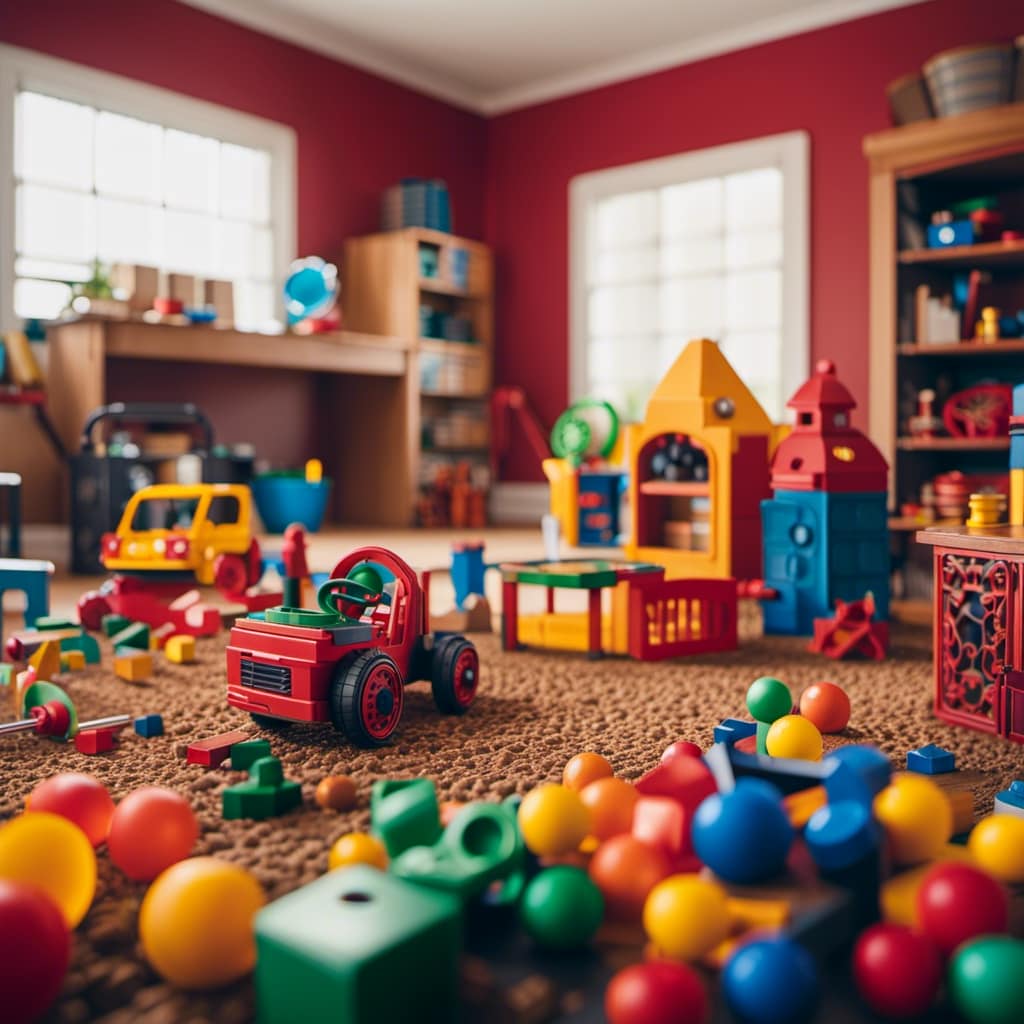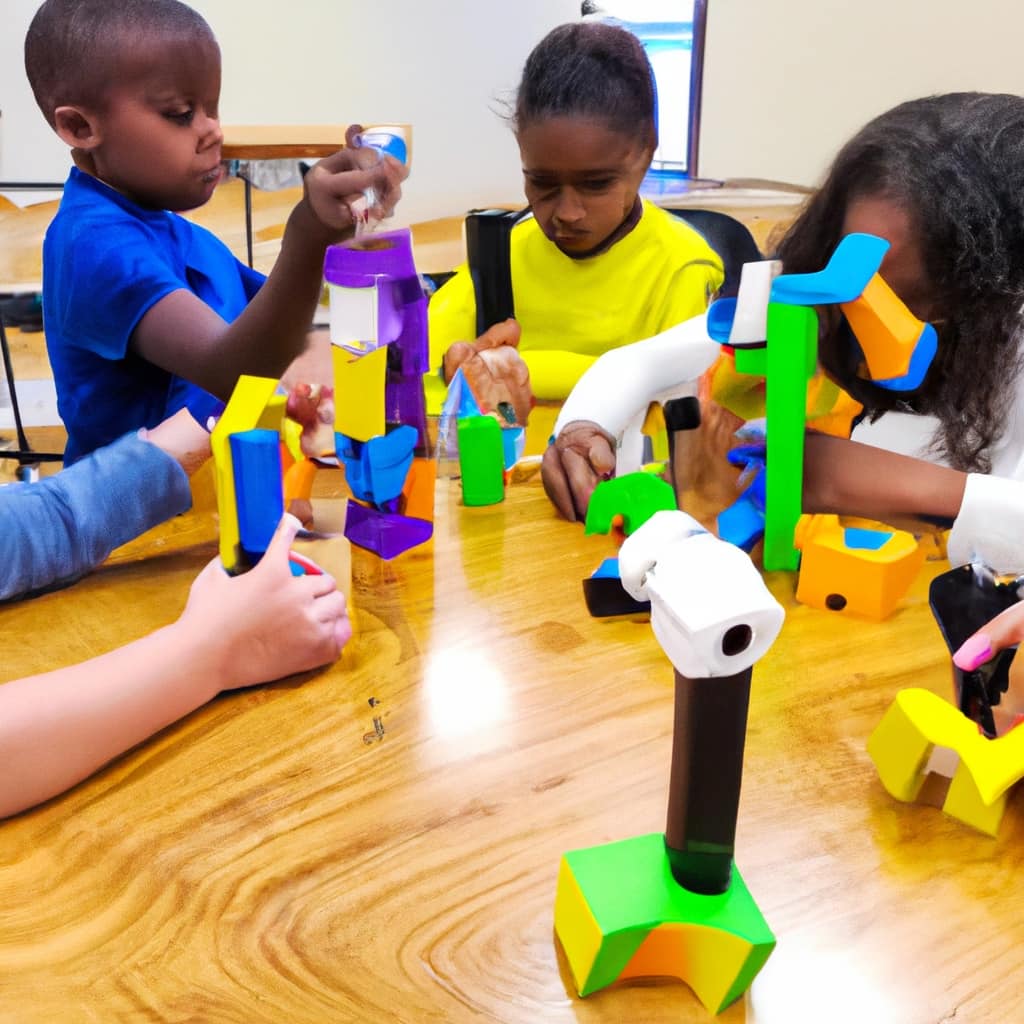As a strong advocate for promoting STEM education, I understand the crucial role that hands-on learning plays in preparing students for their future pursuits.
Did you know that studies show children who engage with STEM toys from an early age are more likely to develop critical thinking skills and pursue careers in high-demand fields?
In this article, we will explore the importance of STEM toys in promoting creativity, collaboration, problem-solving, and critical thinking.
By incorporating these toys into learning environments, educators can inspire a passion for STEM subjects and set the foundation for lifelong learning.
Key Takeaways
- STEM toys promote critical thinking, problem-solving, and analytical skills.
- STEM toys enhance creativity, cognitive skills, and encourage collaboration.
- STEM toys provide hands-on learning experiences and expose children to technology at an early age.
- STEM toys prepare children for future careers in high-demand STEM fields.
Benefits of STEM Education and Toys
STEM education and toys provide numerous benefits. They promote critical thinking and prepare students for future careers in high-demand fields. One of the significant advantages of STEM education is its potential to benefit at-risk students. Research has shown that engaging in STEM activities can improve academic performance and increase interest in science, technology, engineering, and mathematics among disadvantaged students.
Integrating STEM toys in homeschooling can enhance the learning experience. These toys provide hands-on exploration and foster critical thinking skills. By incorporating STEM toys into their curriculum, homeschooling parents can make learning more interactive and engaging for their children.

STEM education and toys also play a crucial role in increasing diversity in STEM fields. By exposing students from diverse backgrounds to STEM concepts and activities, we can inspire and empower them to pursue careers in these fields. This ultimately creates a more inclusive and innovative workforce for the future.
Enhancing Creativity and Cognitive Skills
I love how these toys help me think creatively and improve my cognitive abilities. They stimulate my imagination and promote innovation in a fun and engaging way.
Here are three key ways that STEM toys enhance creativity and cognitive skills:
-
Hands-on Learning: STEM toys provide hands-on experiences that allow me to explore and experiment with different concepts. This hands-on approach stimulates my imagination and encourages me to think creatively to solve problems.
-
Problem-Solving Skills: STEM toys present challenges that require me to think critically and come up with innovative solutions. By engaging in problem-solving activities, I develop my cognitive skills and learn how to approach problems from different angles.
-
Open-Ended Play: STEM toys often have an open-ended nature, allowing me to explore and create in my own unique way. This freedom of expression fosters creativity and encourages me to think outside the box.

Overall, STEM toys are not only fun to play with but also provide valuable opportunities for me to develop my creativity and cognitive skills. They are a great tool for stimulating imagination and promoting innovation.
Fostering Collaboration and Teamwork
Working together with others is a key aspect of using STEM toys. Collaboration and teamwork are fostered through these interactive experiences.
STEM toys provide opportunities for children to work together, problem-solve, and communicate effectively with their peers. Promoting effective collaboration is crucial in preparing children for future careers in STEM fields. These professions often require professionals to work in teams to solve complex problems.
By engaging in collaborative play, children learn how to share ideas, listen to others, and contribute to a common goal. This not only enhances their teamwork skills but also promotes effective communication and interpersonal skills.
STEM toys create an environment where children can learn from each other, build on each other’s ideas, and develop a sense of collective achievement.
Developing Problem-Solving and Critical Thinking Skills
By engaging in problem-solving and critical thinking activities, I can develop essential skills for future success. Developing problem-solving techniques through hands-on exploration is key to enhancing my ability to think critically and find innovative solutions.

Hands-on exploration allows me to actively engage with problems and challenges, enabling me to analyze situations from different perspectives and develop creative solutions.
Experimenting and making mistakes during the problem-solving process helps me learn from failures and adapt my approach, fostering resilience and perseverance.
Through hands-on exploration, I can develop logical reasoning skills and improve my ability to think analytically, enabling me to break down complex problems into manageable steps.
Incorporating STEM Toys in Learning Environments
Introducing STEM toys in educational settings enhances critical thinking and problem-solving skills by promoting active engagement and hands-on exploration. When children have the opportunity to use STEM toys as part of their learning experience, they are actively involved in the process of discovery and problem-solving.
This active learning approach allows them to explore concepts and ideas in a tangible way, deepening their understanding of STEM subjects. By engaging in hands-on exploration, children are encouraged to think critically, analyze information, and develop creative solutions to problems. They learn to ask questions, make observations, and experiment with different approaches.
This type of learning not only fosters a love for STEM but also prepares children for future careers in these fields. Incorporating STEM toys in learning environments is an effective way to inspire and engage students, promoting active learning and hands-on exploration.

Age-Appropriate Selection and Safe Use of STEM Toys
When selecting STEM toys for children, I consider their age and interests to ensure a suitable level of challenge and engagement. Choosing the right STEM toys for different age groups is crucial in promoting their development and learning.
To ensure the safety of STEM toys during playtime, I prioritize certain factors:
-
Age-appropriate toys: It is important to choose toys that are specifically designed for a child’s age group. This helps to avoid potential hazards and ensures that the child can fully engage with the toy.
-
Safety standards: I always make sure that the STEM toys I choose meet safety standards. I carefully read product labels and reviews to ensure that there are no choking hazards, sharp edges, or toxic materials that could harm the child.
-
Supervision: I understand the importance of supervising children during playtime with STEM toys. This helps to prevent accidents and ensures that the child is using the toy correctly.
Inspiring Passion for STEM Subjects and Career Pursuits
I believe that incorporating STEM toys into learning environments can ignite a passion for STEM subjects and inspire future career pursuits. By providing hands-on experiences and opportunities for exploration, STEM toys engage children in active learning and promote critical thinking skills.
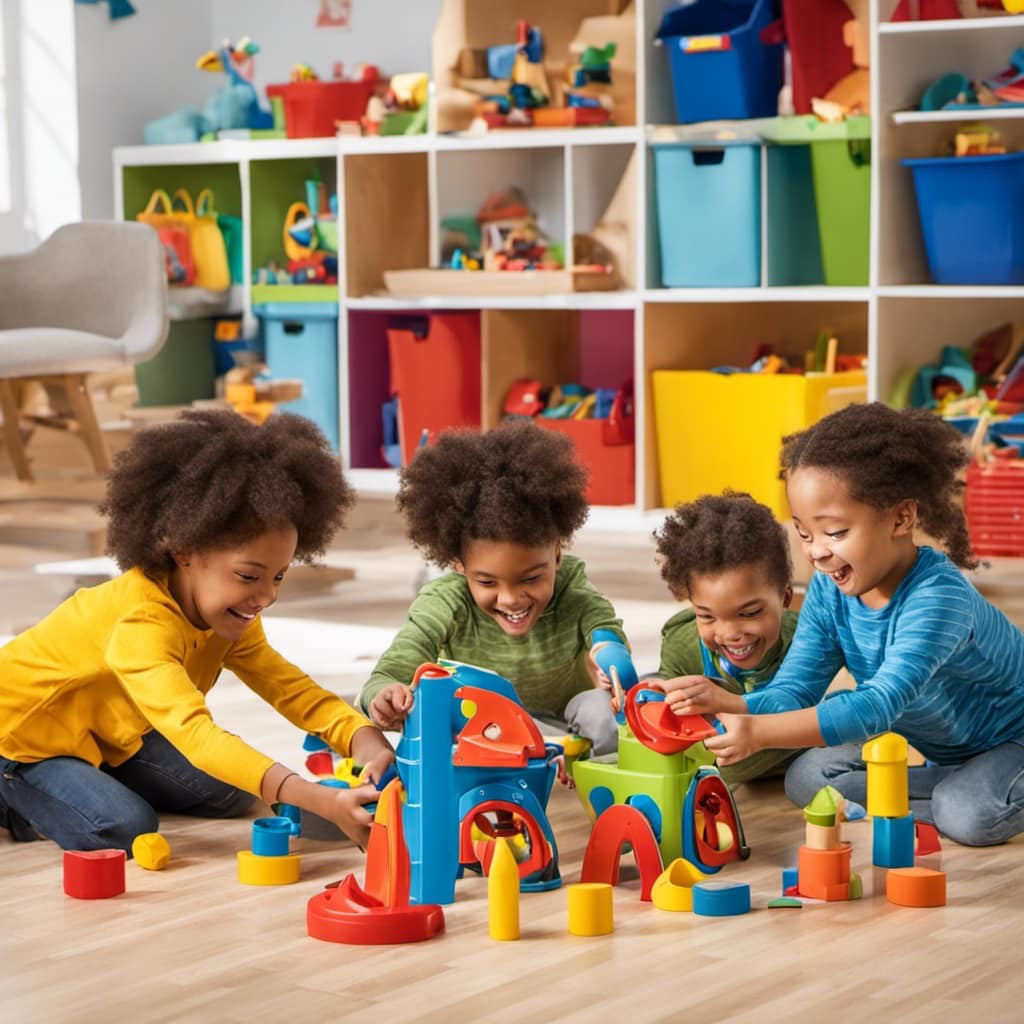
These toys expose children to the exciting world of science, technology, engineering, and mathematics, fostering curiosity and creativity. Through play, children can develop problem-solving techniques, learn from their mistakes, and cultivate a growth mindset.
By introducing STEM toys in learning environments, we can inspire and motivate children to pursue careers in STEM fields. This not only promotes STEM careers but also inspires future innovators who will contribute to advancements and solve global challenges.
The Long-Term Impact of STEM Toys on Learning and Development
By incorporating STEM toys into educational settings, students can experience long-lasting benefits that extend beyond their immediate learning and development. Research shows that the long-term impact of STEM toys on educational outcomes is significant. Here are some key findings:
-
Improved Cognitive Skills:
-
STEM toys enhance logical reasoning and spatial awareness.
-
They promote problem-solving and critical thinking skills.
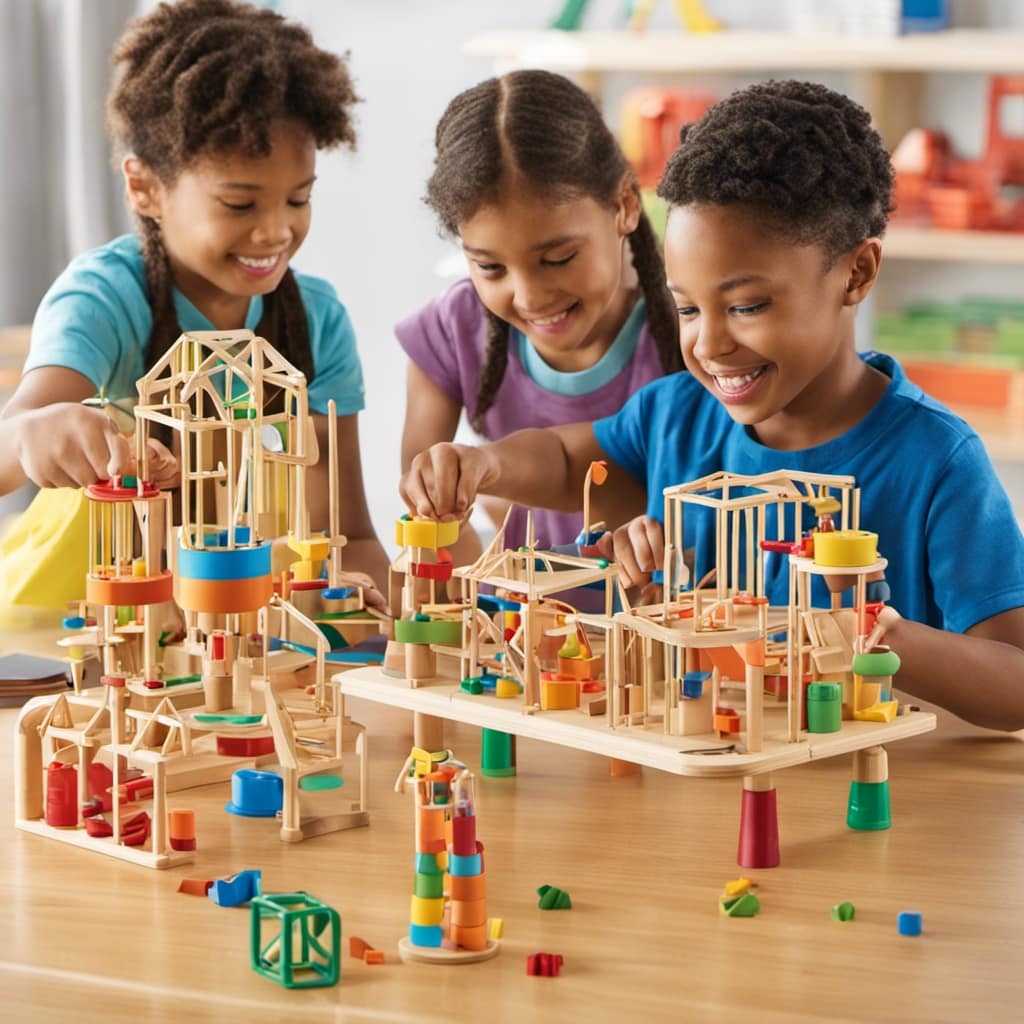
-
These toys foster creativity and encourage innovative thinking.
-
Development of Future Skills:
-
STEM toys prepare children for future careers in STEM fields.
-
They equip students with necessary skills for a technology-driven society.
-
These toys promote collaboration and effective teamwork.
-
Enhanced Academic Performance:
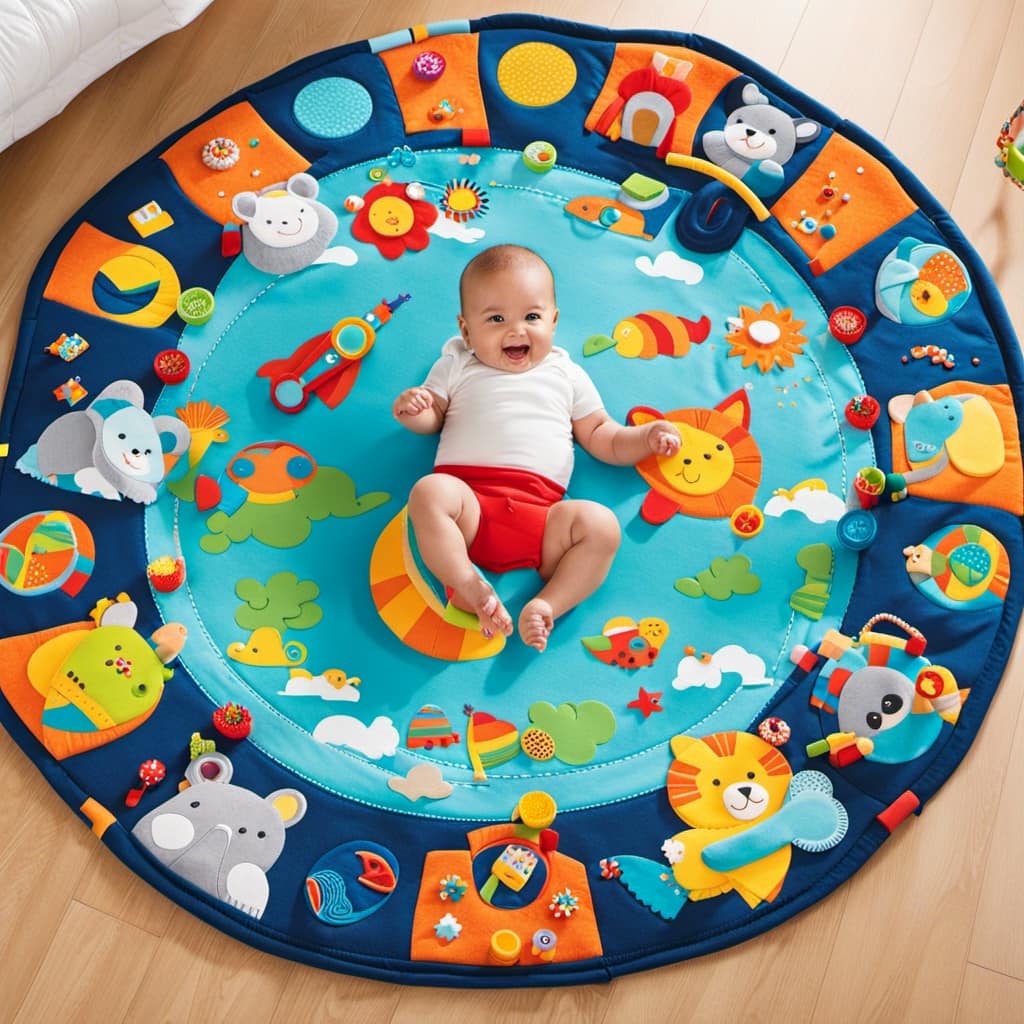
-
Students who engage with STEM toys tend to perform better in STEM subjects.
-
They develop a strong foundation in science, technology, engineering, and mathematics.
Frequently Asked Questions
How Do STEM Toys Contribute to the Long-Term Development of Children?
STEM toys contribute to the long-term development of children by promoting critical thinking, problem-solving, and cognitive skills. They foster curiosity, creativity, and collaboration, setting the foundation for future learning in STEM fields and preparing children for future careers.
What Are the Potential Risks Associated With Using STEM Toys and How Can They Be Mitigated?
The potential risks associated with using STEM toys include choking hazards, sharp edges, and toxic materials. These risks can be mitigated by choosing age-appropriate toys, ensuring they meet safety standards, and supervising children during playtime.
Can STEM Toys Be Beneficial for Children Who Are Not Naturally Inclined Towards STEM Subjects?
STEM toys can be beneficial for children who aren’t naturally inclined towards STEM subjects. By incorporating STEM toys into non-STEM subjects, we can enhance engagement and promote critical thinking skills, making learning more enjoyable and relevant for all children.
How Can Parents and Educators Effectively Incorporate STEM Toys Into the Learning Environment?
To effectively incorporate STEM toys into the learning environment, parents and educators can provide hands-on exploration, encourage critical thinking, and promote active engagement. Aligning toys with children’s interests and age groups enhances their motivation to learn.

Are There Any Specific STEM Toys or Brands That Are Highly Recommended for Promoting Hands-On Learning?
Some of the best STEM toy brands for promoting hands-on learning across different age groups include LEGO, Snap Circuits, and Osmo. These toys offer engaging and educational experiences that foster critical thinking and problem-solving skills.
Conclusion
In conclusion, STEM education and toys have proven to be invaluable tools in promoting hands-on learning and preparing students for future success.
By enhancing creativity, fostering collaboration, and developing problem-solving skills, these toys offer children the opportunity to engage with STEM subjects in a meaningful and enjoyable way.
Incorporating age-appropriate STEM toys in learning environments not only inspires a passion for these subjects but also sets the foundation for lifelong learning and career pursuits.
It is essential to prioritize the safety of children by selecting toys that meet safety standards and providing supervision during playtime.
The long-term impact of STEM toys on learning and development cannot be underestimated, as they lay the groundwork for a technology-driven society and the high-demand careers of the future.
